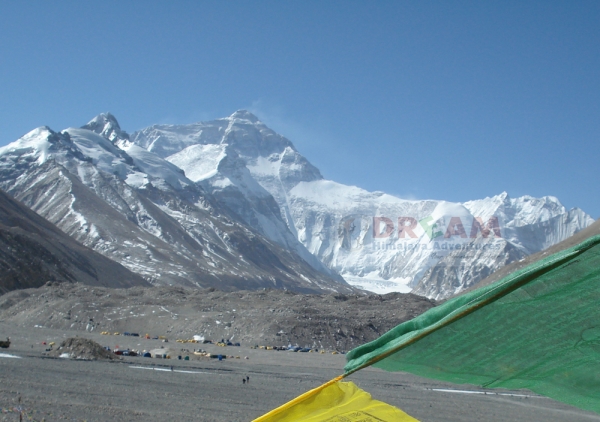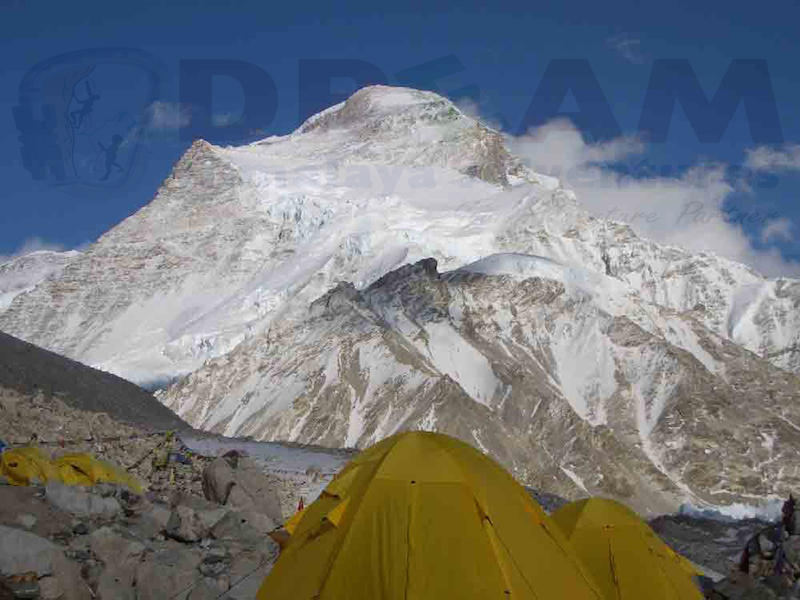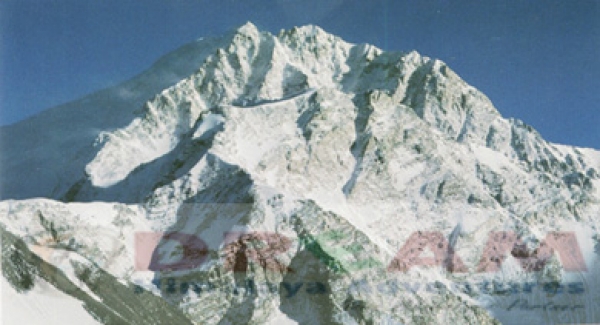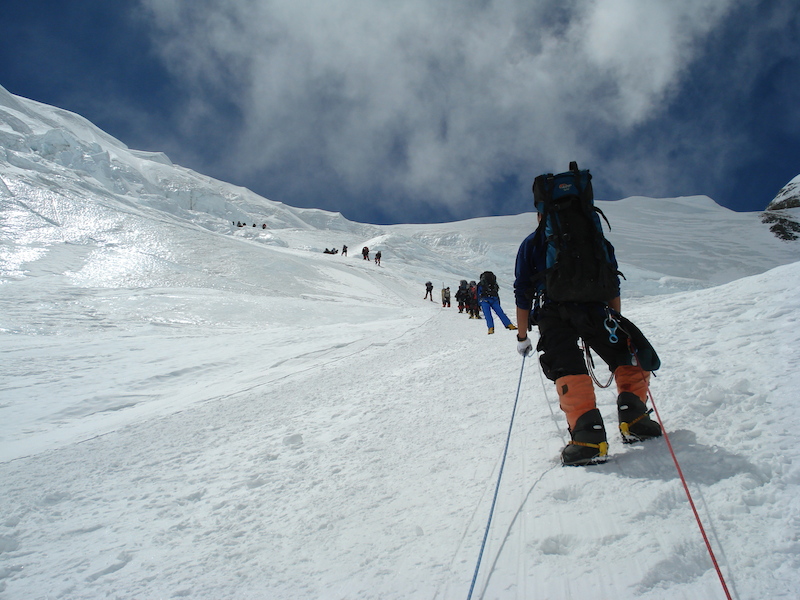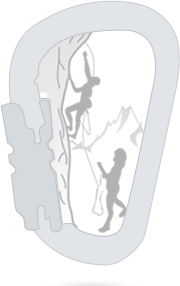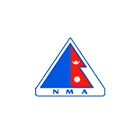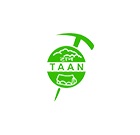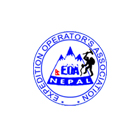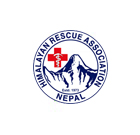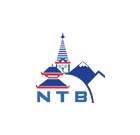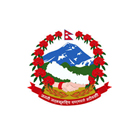Mt. LHAKPA-RI (7,045m/23,000ft) is one of the major mountaineering destinations in Tibet. It is very close to Mount Everest. George Mallory who was on his way to the Everest Reconnaissance in 1921 first climbed it and he had seen its North Col. Expedition mountaineering teams still follow the same route in order to make the summit. The summit view from Lhakpa-Ri rivals that from many of the world's greatest mountains. It gives very unusual views of some of the world's best-known mountains and excellent views of some very little known mountains.
Mt. Lakpa Ri is just over the milestone altitude of 7,000m, making it higher than anything outside Asia and is probably the most climbable 7,000m peak in the world. It's an ideal objective, remarkably positioned just across the glacier from Everest. It shares the historic route up the East Rongbuk Glacier and is climbable by a relatively safe and straightforward route.
There are two major ways to start the expedition, one, you fly to the beautiful & traditional city Lhasa and another way is via a drive from Kathmandu and Zangmu/Naylam, Tingri & Base Camp (5200m). The visits to Lhasa, the overland journey across the Tibetan Plateau, the trek in the footsteps of Mallory and a climb with awesome views of Everest, are the ingredients of a very special expedition. It will also give you a life-long impression of Tibet and its people and insight and deep respect for the achievements of the early Everest pioneers. After reaching the base camp, you have to spend a few days for acclimatization. In order to start your real climb toward the summit, you should start your expedition ahead towards the two middle camps, with the preparation of loading yaks and expedition crews. Continuing ahead on this track you reach the Advance Base Camp, which is situated at a height of 6400m. From ABC, start early in the morning; and continue crossing the Rongbuk glacier. There are few crevasses and slopes from the Rongbuk and Kharta glacier and they are relatively low angled which are linked by the Lhakpa pass 6848m; and it is just to the North of Lhakpa-Ri until you reach the very foot of the slope, leading you to the North ridge of the Summit. The routes are 20-30 degree vertical elevations. This route is not so hard but the vertical way is very long. Follow the way of the North ridge and on the other side, you will see Kharta glacier and the views of North Col of Everest. The same way of the ridge leads up to the Summit of Lhakpa-Ri
We will establish our base camp at ~5200m at a big ground above Rongbuk before making our way to high camps and Advance Base Camp. Once our acclimatization in and around base camp will be completed, then we'll start our summit bit establishing two middle camps in between BC & ABC, i.e. Camp 1 at altitude of 5,460m, Changtse Base Camp at (6,008m) and our trek continues for Advance Base Camp, where we do our preparations and acclimatization “go higher and sleep at lower”. Once we are ready then we go for the summit attempt and same day descent all the way to ABC, which takes about 10 – 12 hours. Climbing up to the summit of Lakpa-RI is not technically difficult, but general knowledge to play with the climbing gears is helpful and a high level of fitness is required.
After final preparations in Kathmandu, we will fly to Lhasa then, we spend about 2 nights in Lhasa doing some sight seen tours and acclimatization. From Lhasa, we will take a drive by land cruiser or by bus for Base Camp, spending about 3 nights along the way with some acclimatization trip and this will give us additional opportunity to explore the land of Tibet and visiting ancient cities of Tibet i.e. Gyantse (3990m), Shigatse (3,860m) and Shegar (4050m) etc. On our return trip to Kathmandu, we drive base camp to Kyerong in a long day drive and stay in a guest house, and next day we cross the China/Nepal border and drive for KTM.
DETAILS ITINERARY
Day 1
Arrive in Kathmandu, transfer to Hotel& briefing
When you arrive at Tribhuvan International Airport in Kathmandu, you will have to go through custom formalities. You will be greeted by our representative who will be anxiously waiting for you with a placard displaying your name in his hand. You will be transferred to the 3-Star category hotel in a private vehicle. Once you get refreshed, you will get briefing regarding the itinerary and you will also be introduced with your crew members and other trekkers who are going to join you on the trip. At the same time we collect Passport from every one and process for the Chinese Visa. Enjoy welcome dinner in the evening where you can taste authentic Nepali dinner. Stay overnight in a hotel.
Day 2-3
Tours, Chinese Via, Equipment checks and last minute preparation
In the morning after breakfast, we will organize half day sightseeing tour during which you will be taken on memorable UNESCO Heritage Tour. Tour begins with visit to Nepal’s holiest Pashupatinath Temple Complex and takes us through Nepal’s largest Bouddhanath Stupa and 2500 years old Swoyambhunath Stupa. We will return to hotel in the afternoon and time for shopping of any missing items, equipment checking and getting ready for the trip.
Day 4
Fly from Kathmandu to Lhasa (3660m), O/N hotel
You will be picked up from the hotel and transferred to Tribhuvan International Airport. Remember to carry your Tibet Permit and Visit Visa papers. Almost 70 minutes of flight over Everest and other mountains will take you to Lhasa Gonggar Airport. You will take a ride in 4WD vehicle to cover 60km distance along Friendship Highway to Lhasa City. Stay overnight in a hotel in Lhasa.
Day 5
Sightseeing in Lhasa (3,660m)
Lhasa is located on the northern edge of Kyi Chu River. Lhasa is the spiritual centre of Tibet. We will visit Potala Palace, Ramoche Monastery andNorbulingka Palace. Potala Palace is the home of Dalai Lama which was built in 637 AD. Norbulinkha is the summer palace of Dalai Lama which has been identified as the UNESCO World Heritage Site. Sera Monastery and Jokhang Monastery are other places of interest in Lhasa.
Day 6
Drive to Shigatse (3,900m) 280 km, O/N at Guesthouse
Leaving Lhasa, we will cross Kamba La (4794m) and Karo La (5010m) Pass. The path is scenic and allows view of beautiful Yamadroke-Tso Lake while nreath-taking views of surrounding mountains can be viewed to the south. We will reach Gynatse. KhumbumStupa and Palkor Monastery are places of interest in Gyantse. We will continue to drive to Shigatse (Xigatse) and reach there in about two hours from Gyantse. We will visit Panchen Lamas’ Tashilhunpo Monastery in Shigatse.
Day 7
Drive to Shegar (4,050m) 244kmO/N at Guesthouse
Tashilhunpo Monastery in Shigatselies in the base of Dolmari. This monastery was built in 1477 by GendunDrukpa and the monastery holds the Maitreya Chapel which holds the largest Brass statue of Buddha. We will drive for 4 hours to reach Shegar. Shegar is close to Everest Base Camp. We will stay overnight at Shegar.
Day 8
Rest day at Shegar for acclimatizations
Take a day of rest at Shegar. It will help us in proper acclimatization to the increasing altitude. We can explore Shegar town on this day. Local Monastery and a fort is attraction in Shegar. Stay overnight at Shegar.
Day 9
Drive Base Camp (5200m) 80km& Acclimatisation
After an early breakfast, we will leave Shegarand head towards Base Camp. We will cross the Pang La pass. Reaching to the top of Pang La is an exciting activity. We will enjoy the view of vast Tibetan plateau and Everest Mountain from the summit before continuing our journey to Base Camp where we will stay overnight. Acclimatization is necessary at this altitude to avoid altitudesickness. We will explore around base camp. We will practice using climbing gears and scout the route towards Camp1. Stay overnight at Everest Base Camp.
Day 10-15
Acclimatisation at Base Camp (5200m)
Acclimatization is necessary at this altitude to avoid altitude sickness. We will explore around base camp. We will practice using climbing gears and scout the route towards half way to Camp intermediate camp. We do acclimatization hiking around the base camp as much as possible to adjust with the higher altitudes. This is the time period that Sherpas team set up the intermediate camp (5800m) as well as the Advance Base Camp (6400m). Once these camps will be set up then we move toward the higher camps. More over the expedition blessing ceremony will be also happened at base camp during this time period.
Day 16
Trek to Intermediate Base Camp (5,800m)
After fully acclimatized at Base Camp, now we move toward Intermediate Camp (5800m), it will take us about 6/7 hours to reach at Intermediate Camp on our 1st trip. we will follow the trail that continues along Rongbuk Glacier. After some time, the trail escalates up through the eastern edge of the glacier and we will follow the gradually climbing trail with mostly the rocky terrain.
Day 17
Trek to Advance Base Camp - ABC (6400m)
We will leave Intermediate Camp and move towards Advanced Base Camp which is located at 6,400 m. We can get close-up view of Everest and Lhakpa Ri Mountain from the Advance Base Camp. The trail continues through ice seracs. This requires a bit technical climbing skill.
Day 18-19
Acclimatisation and final preparation for summit attempt
We will prepare ourselves to climb Lhakpa Ri Mountain. We will practice using climbing gears and scout the route towards Lhakpa Ri. We can return to lower altitude for acclimatization. The Guide will share Lhakpa Ri climbing strategy with team. He will also provide you with necessary instructions and teach you what to do and how should you call for help if in case of emergency.
Day 20
Climb up to crampons point and return to ABC
The trail from Advance Base Camp escalates over gravel hills. Following the western edge of ice, we will reach to crampons point. Near to this point, we can see ice pinnacles loom above the glacier.The trail escalates above the Pinnacles to southwest. This is the closest that we can reach to Everest if you are not willing to climb it.
Day 21
Ascend to Lhakpa-Ri (7045m) and return to ABC
We will start to climb Lhakpa Ri early before dawn as we intend to reach to the summit of Lhakpa Ri before noon. We will follow the sow slope along the north ridge which exists on the other end of Kharta Glacier and reach to the top. We can get spectacular views of Everest, Makalu, Cho Oyu, Kangchenjunga and other peaks and mountains from summit. Climbing Lhakpa Ri is not that technical but you will need high level of fitness. After successful summit of the peak then we will descent to Advance base camp on the same day.
Day 22
Return to Base Camp
We will follow the returning trail all the way to Base Camp from ABC, it will take about 7-8 hours
Day 23
Drive to Keyrong
Leaving Base Camp, we take long drive to Keyrong via Tingri and stay at the Guest House.
Day 24
Drive to KTM, transfer to hotel, rest, shower
From Keyrong or Subru, we drive to KTM (8 hrs) and check hotel etc.
If we take Lhasa route we fly to Kathmandu and our representative from KTM airport and transfer to hotel will pick you up. Free afternoon and evening
Day 25
Free day in Kathmandu
This is a leisure day. Spend the day as you like. You can go for shopping in Thamel where you can buy souvenir items. We can also arrange for guided sightseeing tour. Alternatively, you can arrange your photo albums and jot down memories in your journal
Day 26
Depart for Int’l flight to home
You will be transferred to the Airport as per your schedule flight for international departure. Safe journey. We hope to see you soon.

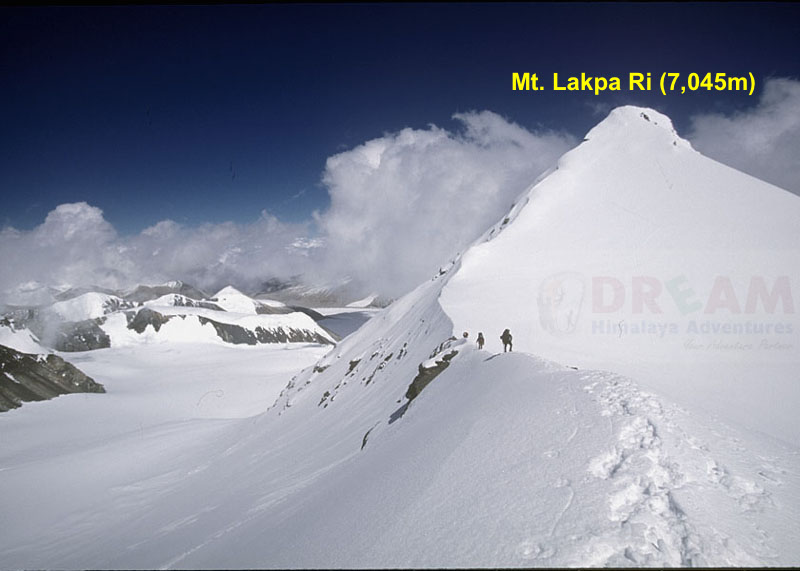
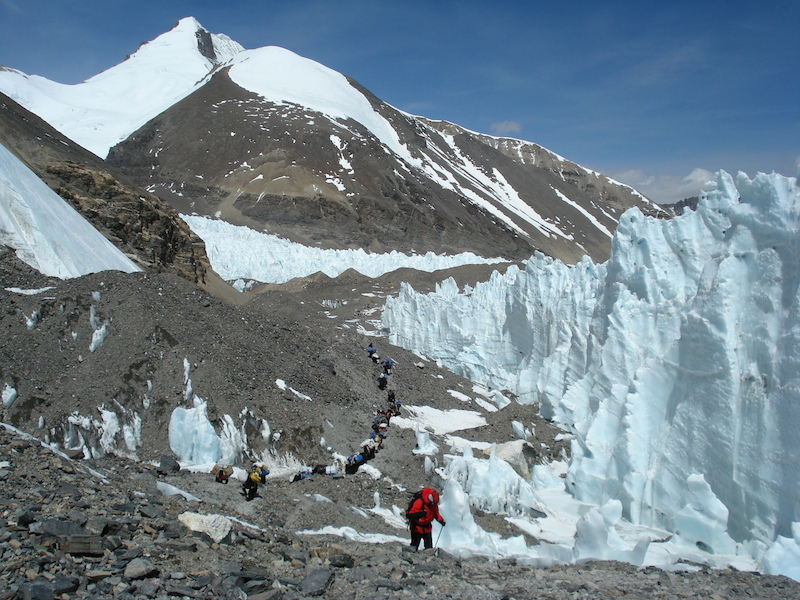
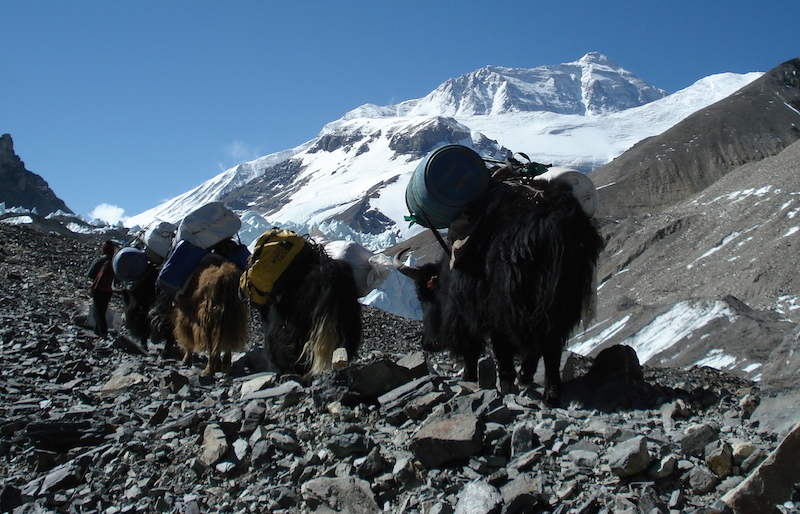
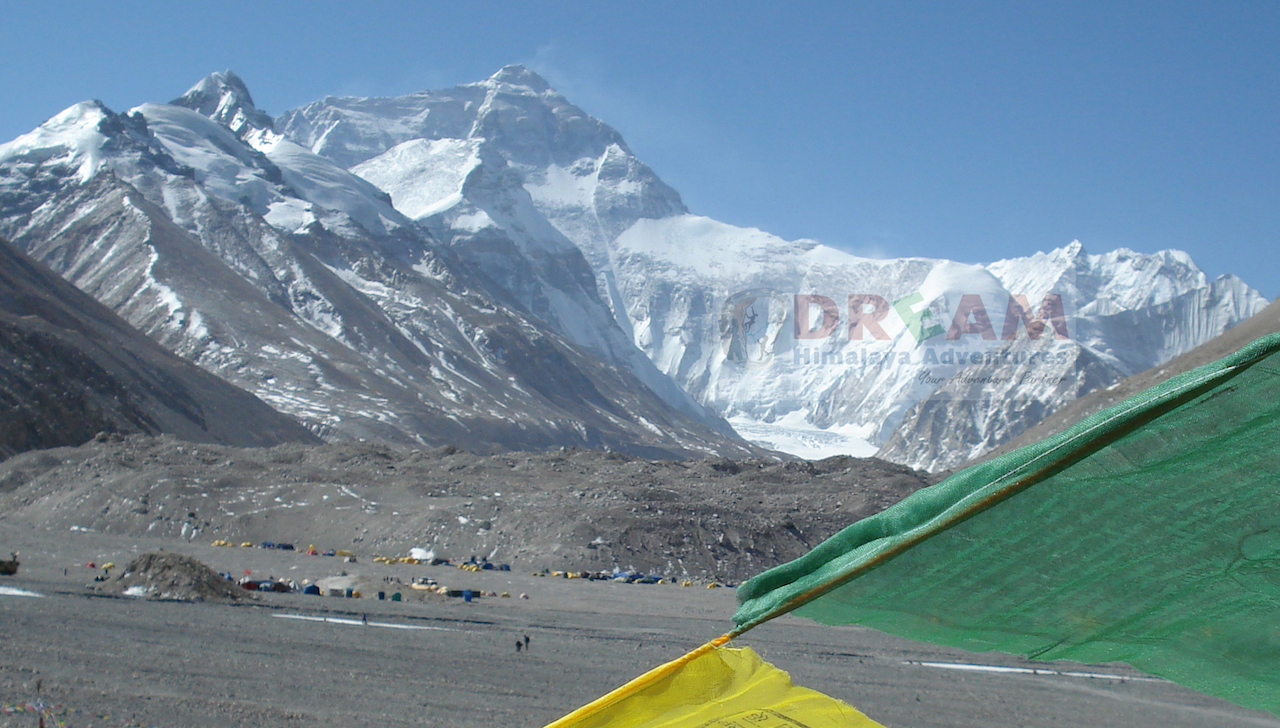
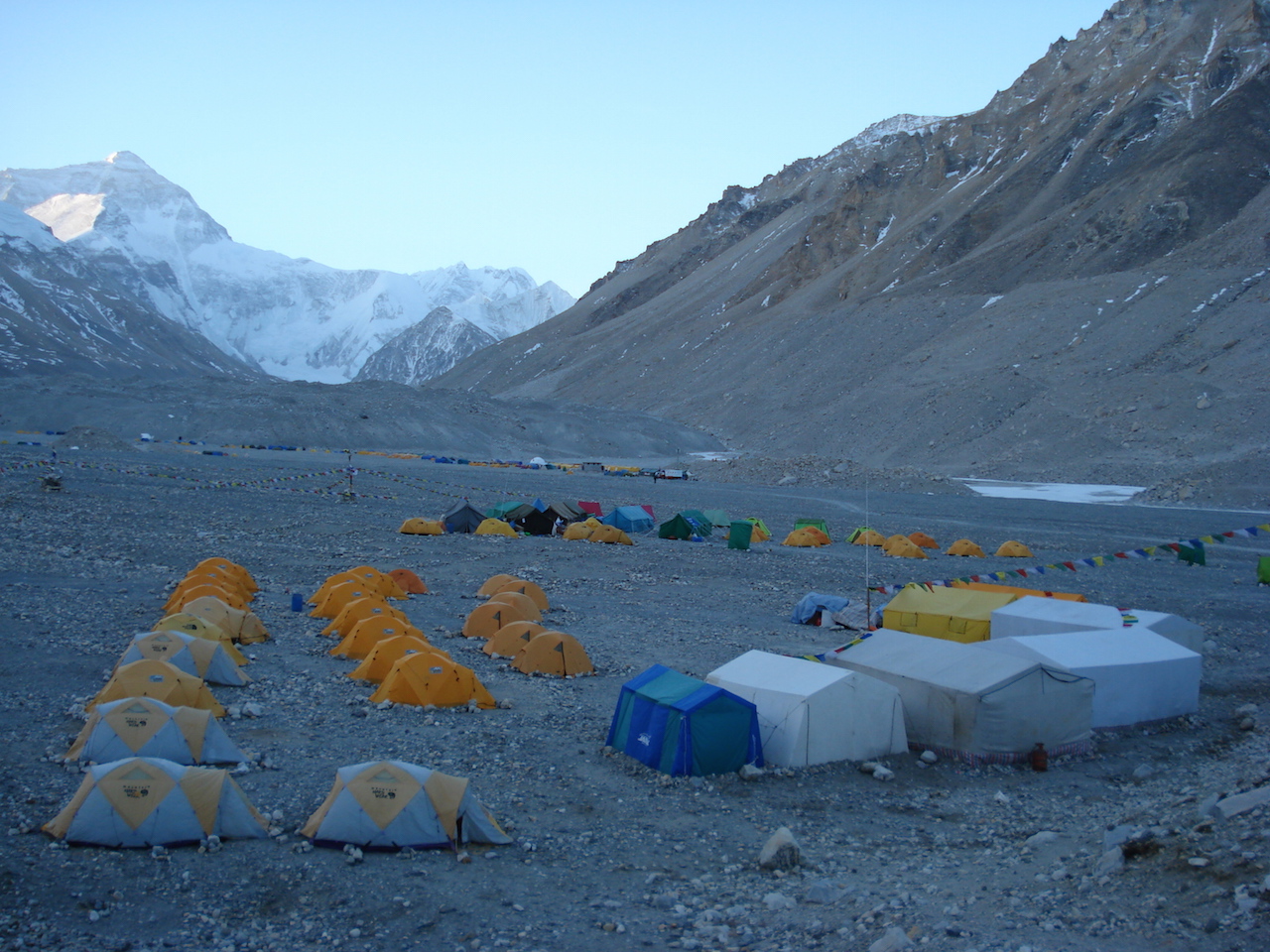
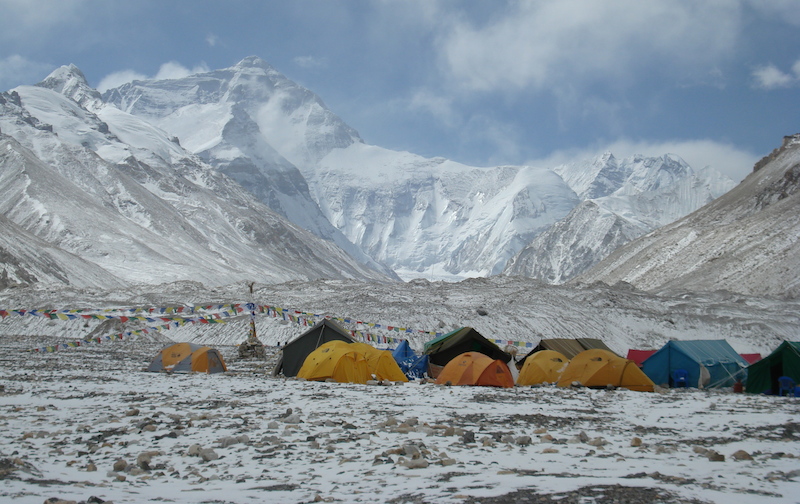
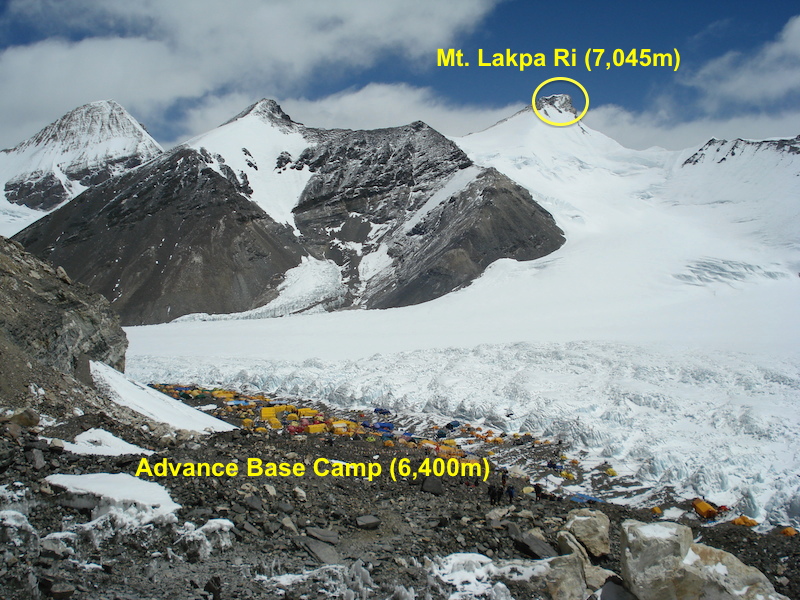

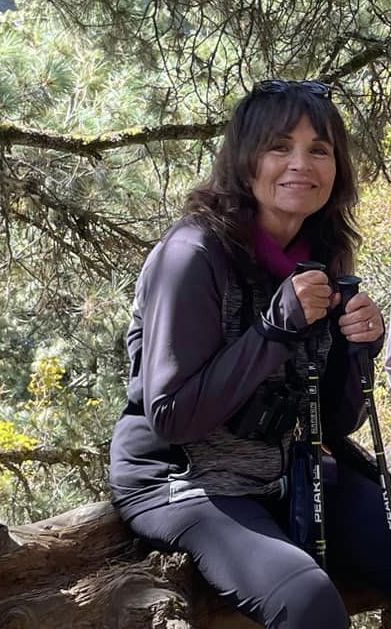
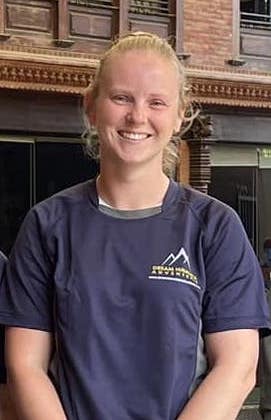
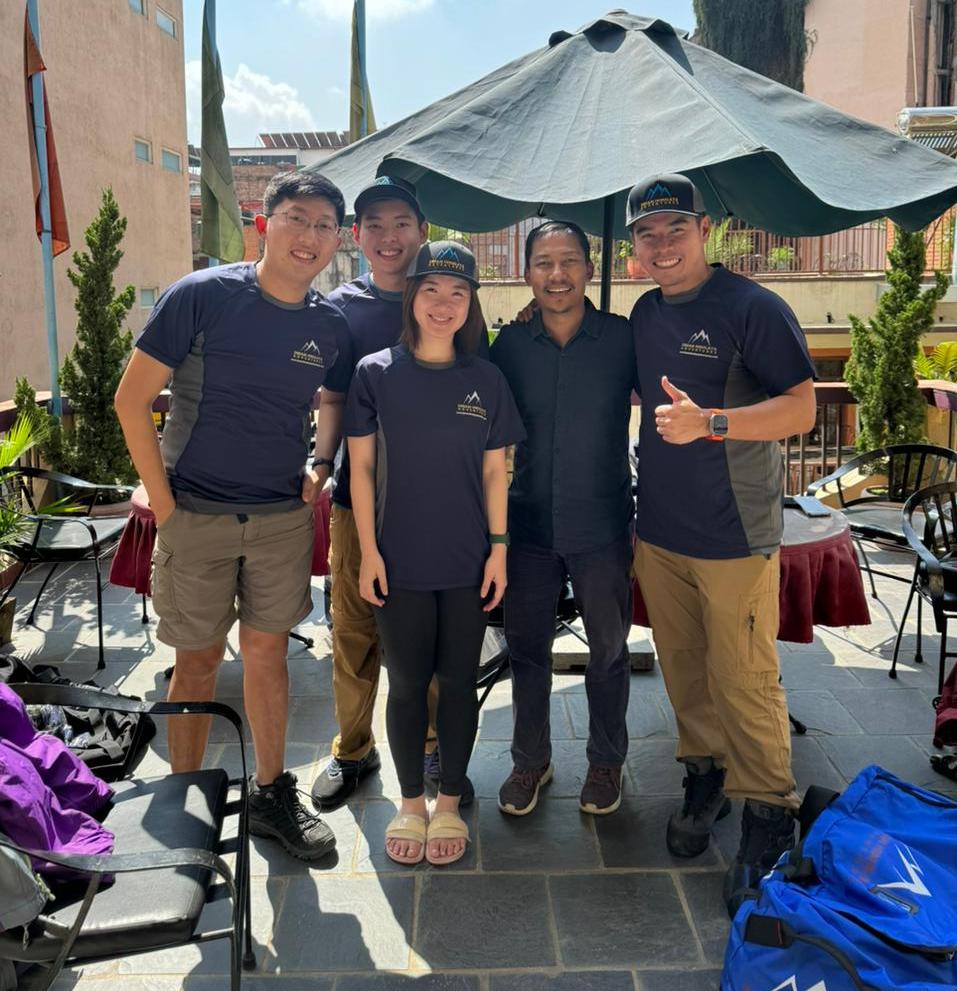
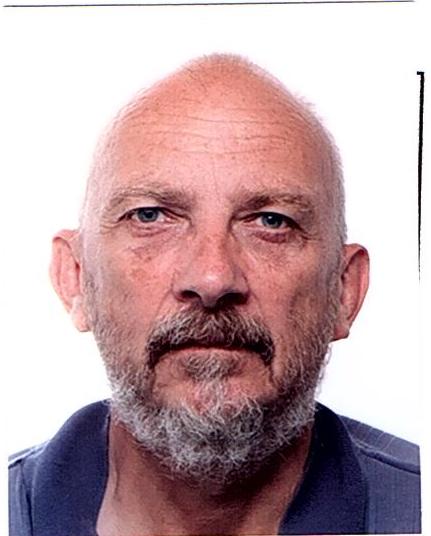
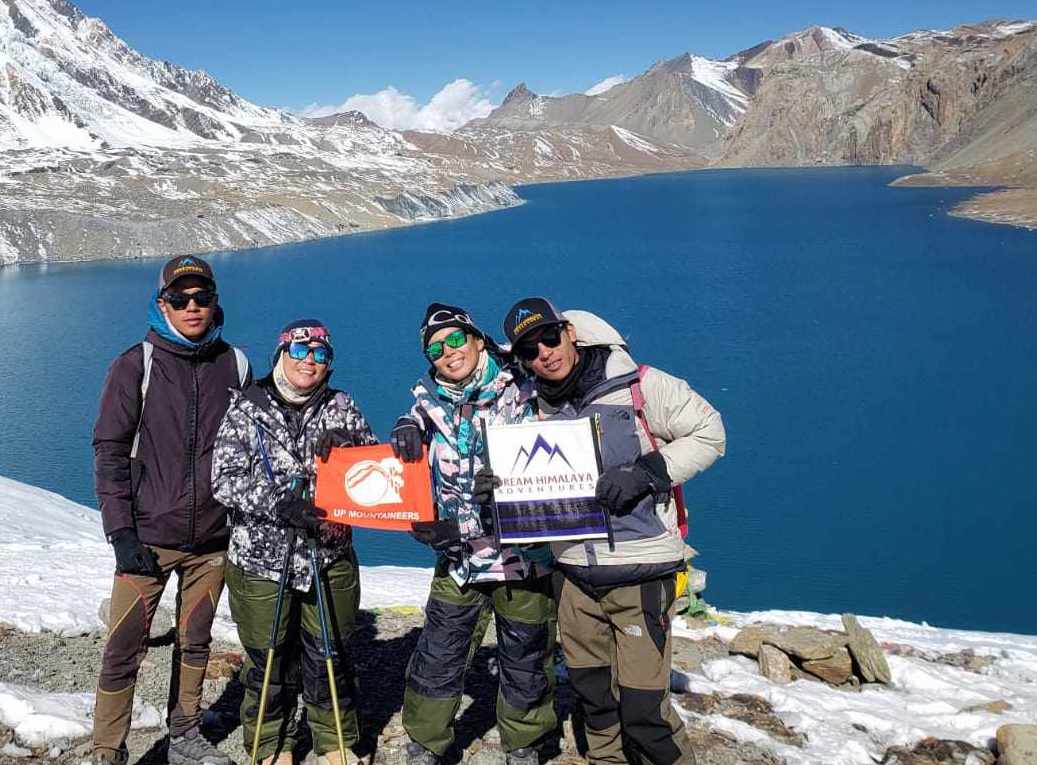
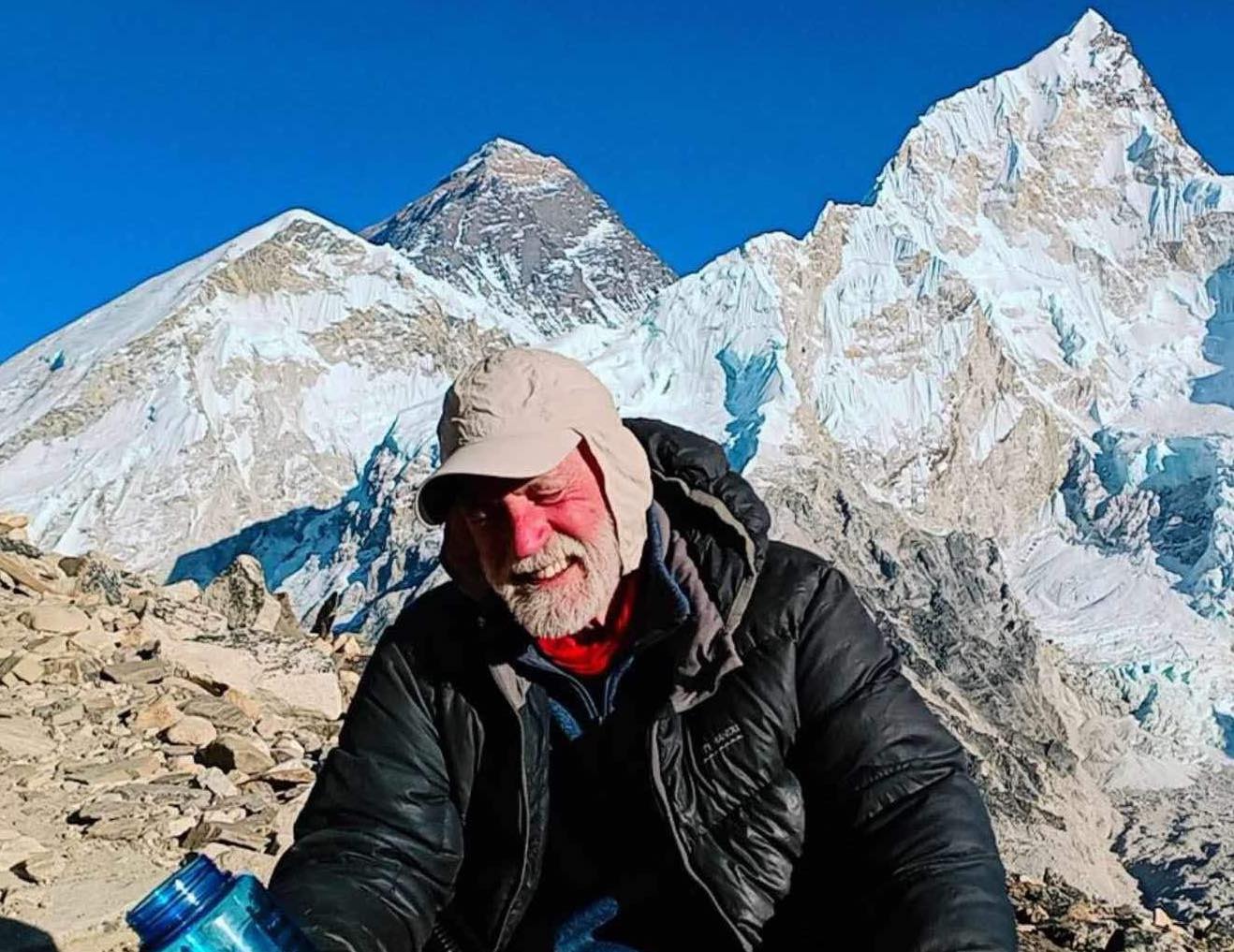

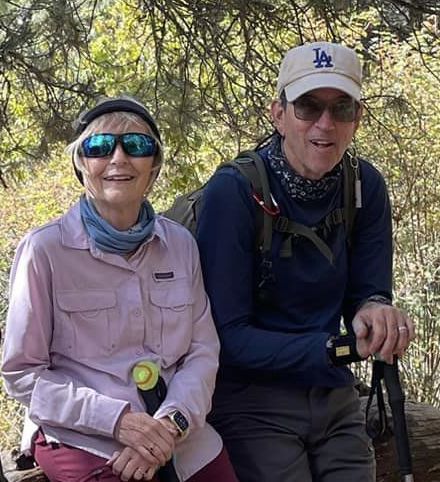
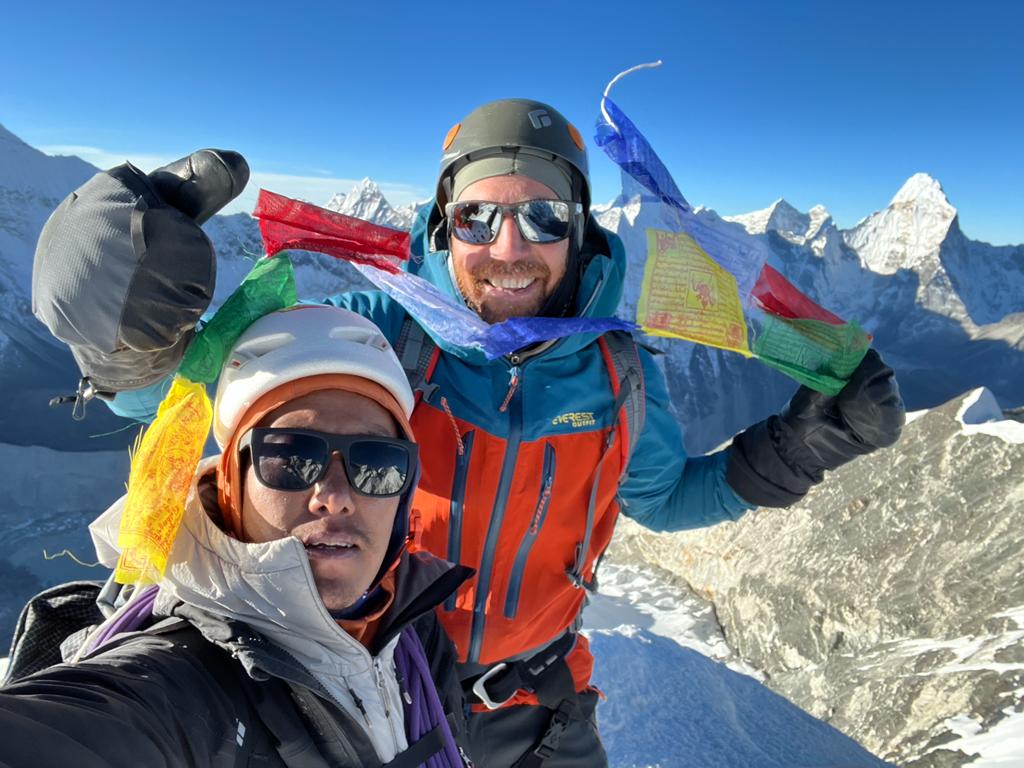
 Download Gear Check List
Download Gear Check List
